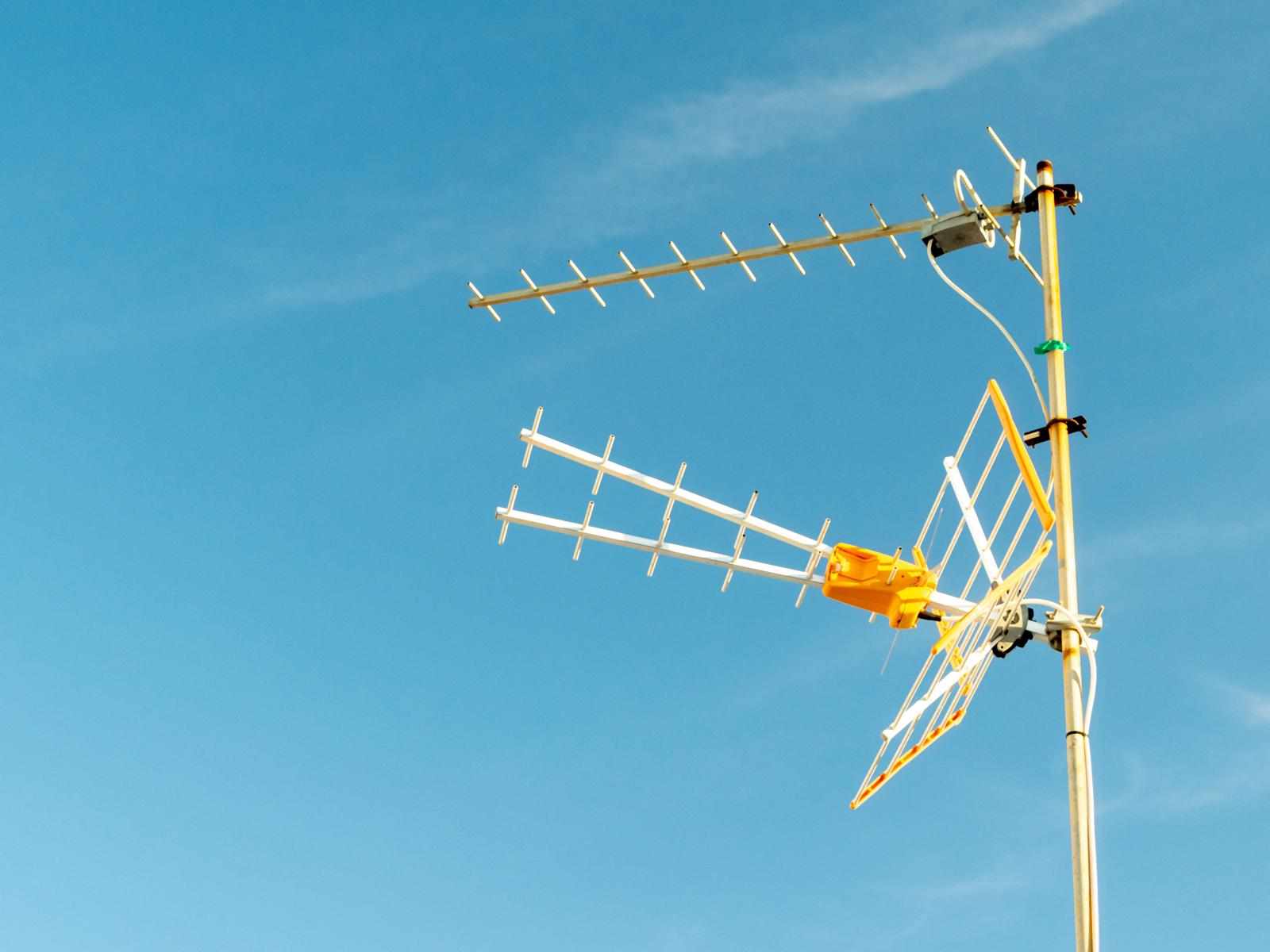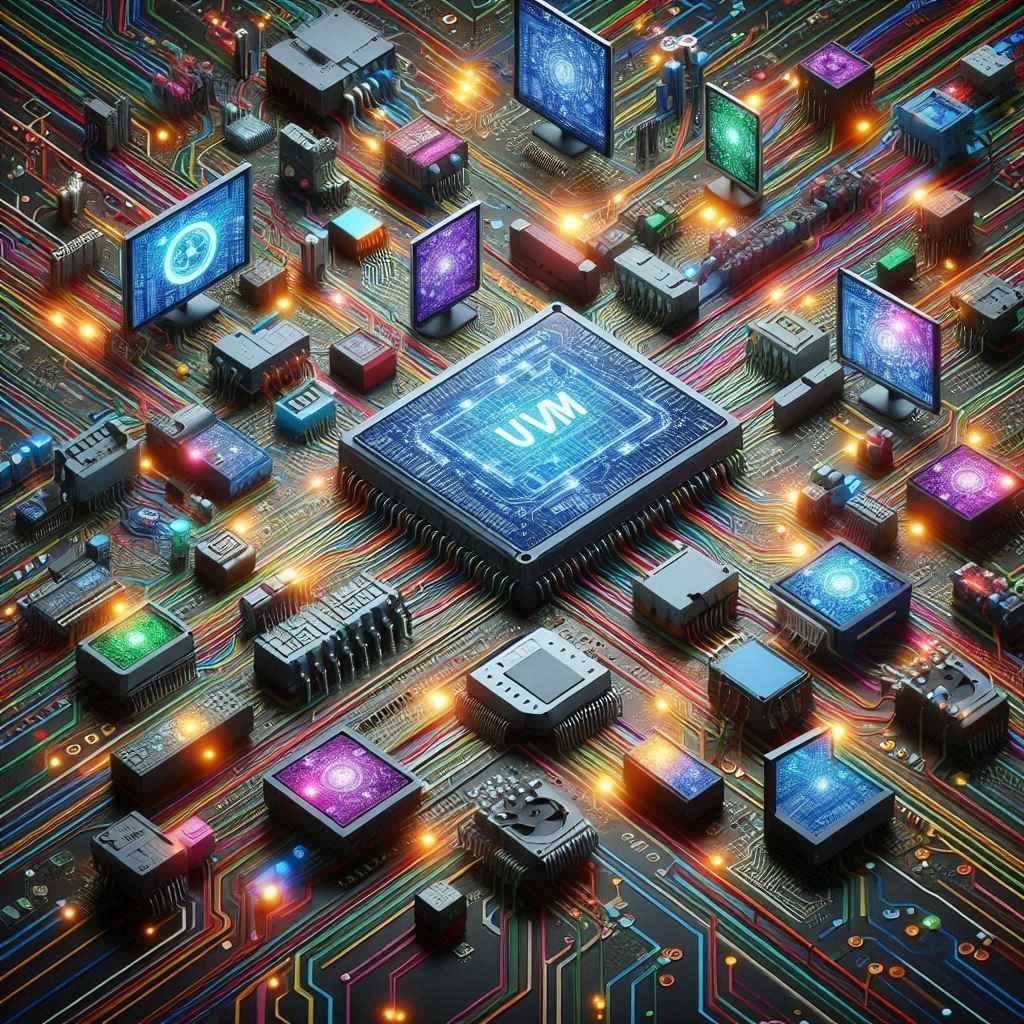
Effective thermal management is critical in electronics design to ensure optimal performance, reliability, and longevity. Excess heat can degrade components, cause system failures, and even pose safety risks. In this blog, we’ll explore the top thermal management techniques used in modern electronics design and how mechanical designers play a key role in implementing these solutions.
Why Thermal Management Matters
Electronics generate heat during operation, especially high-performance devices like CPUs, GPUs, and power electronics. Without proper heat dissipation, components can exceed their temperature limits, leading to:
Reduced efficiency and performance.
Shortened lifespan of electronic components.
Potential safety hazards due to overheating.
Mechanical & Thermal Design is essential to address these challenges, ensuring that heat is effectively managed in any electronic device.
Key Thermal Management Techniques
1. Heat Sinks
Heat sinks are one of the most common thermal management solutions. They increase the surface area for heat dissipation by transferring heat from a component to the surrounding air.
Design Tips:
Use materials with high thermal conductivity, such as aluminum or copper.
Optimize fin design for maximum airflow and heat transfer.
Ensure proper mounting for effective thermal contact.
2. Thermal Interface Materials (TIMs)
TIMs fill microscopic gaps between components and heat sinks to improve thermal conductivity. These materials include thermal pastes, pads, and adhesives.
Design Tips:
Choose TIMs with high thermal conductivity and low thermal resistance.
Apply evenly to avoid air gaps.
Use adhesives for secure bonding in applications prone to vibrations.
3. Forced Air Cooling (Fans)
Fans actively move air across heat-generating components to enhance heat dissipation. This method is widely used in systems requiring active cooling, such as computers and power systems.
Design Tips:
Position fans to create an efficient airflow path through the system.
Use variable-speed fans for adaptive cooling based on heat levels.
Combine with heat sinks for improved thermal performance.
4. Heat Pipes
Heat pipes are sealed tubes filled with a working fluid that transfers heat through phase change. They are ideal for applications requiring efficient heat transfer over short distances.
Design Tips:
Position heat pipes between heat sources and heat sinks.
Use materials like copper for higher thermal conductivity.
Ensure proper orientation for gravity-assisted operation in certain designs.
5. Liquid Cooling
Liquid cooling involves circulating a coolant through a closed-loop system to absorb and dissipate heat. It’s commonly used in high-performance systems where air cooling is insufficient.
Design Tips:
Use non-conductive, non-corrosive coolants.
Design efficient radiators for heat dissipation.
Ensure leak-proof connections and reliable pumps for smooth operation.
6. Thermal Insulation
Thermal insulation materials are used to isolate heat-sensitive components from heat sources, maintaining their performance and reliability.
Design Tips:
Use insulation materials with low thermal conductivity, such as ceramic or silicone-based compounds.
Apply in areas where heat transfer is undesired.
Combine with other cooling techniques to achieve balanced thermal management.
7. PCB Thermal Design
Printed circuit boards (PCBs) can also play a role in thermal management by optimizing layer arrangements and copper traces for heat dissipation.
Design Tips:
Use thicker copper layers to improve thermal conductivity.
Place heat-generating components strategically to prevent localized hotspots.
Integrate thermal vias to transfer heat to dedicated cooling layers.
The Role of Mechanical Designers in Thermal Management
Mechanical designers are integral to successful thermal management in electronics design. They ensure that enclosures, heat dissipation systems, and airflow paths are optimized for maximum cooling efficiency. By collaborating with electrical engineers, they balance performance, cost, and manufacturability in designs.
When investing in Mechanical & Thermal Design, consider working with experts who understand the intricate interplay between electronics and thermal performance.
Conclusion
Thermal management is a cornerstone of successful electronics design. From passive solutions like heat sinks and thermal interfaces to active cooling systems like fans and liquid cooling, each technique plays a vital role in maintaining performance and reliability. By integrating these methods into your design and working with skilled mechanical designers, you can ensure that your electronic systems remain efficient and safe under any conditions.




Write a comment ...